Hastinapur, an ancient city nestled in the heart of India, is steeped in mythology and history. It holds a significant place in Hindu scriptures and epic tales, particularly the Mahabharata. Renowned for its spiritual ambiance and rich cultural heritage, Hastinapur is adorned with temples that stand as timeless testaments to devotion and architectural marvels. Let us embark on a spiritual journey through the best temples in Hastinapur, delving into their significance and uncovering the answers to five frequently asked questions.
Karna Temple
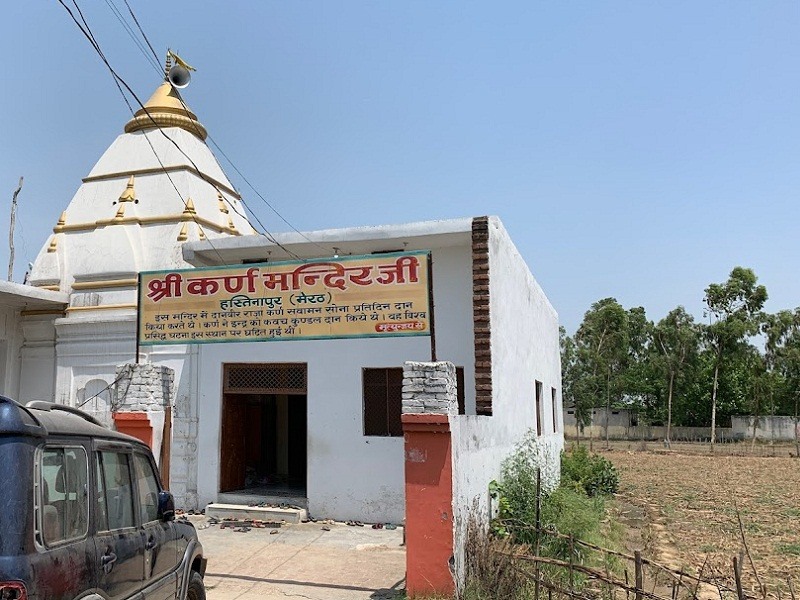
Dedicated to the valiant warrior Karna, this temple is a symbol of courage and sacrifice. Karna, known for his unwavering loyalty and unparalleled skills in archery, is a revered figure in Hindu mythology. The temple, adorned with intricate carvings and adorned with vibrant hues, attracts devotees seeking blessings for strength and resilience. It is believed that paying homage to Karna here brings success and victory in endeavors.
Draupadi Ghat
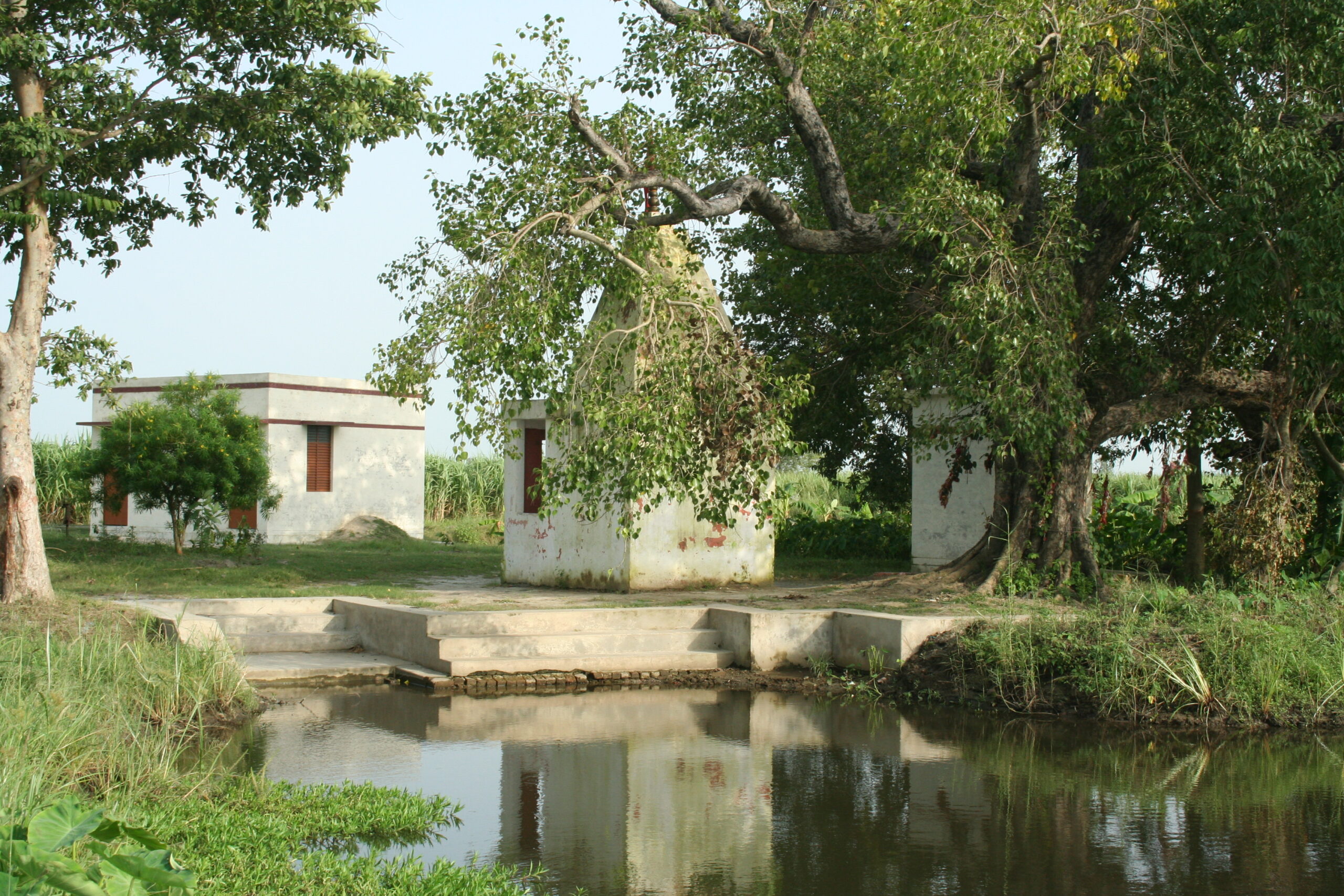
Nestled along the banks of the sacred river Ganga, Draupadi Ghat is a serene sanctuary that echoes tales of the Pandavas and their beloved wife, Draupadi. According to legend, Draupadi emerged from the depths of the river, symbolizing purity and divine grace. The ghat is adorned with colorful flags and flickering oil lamps, offering a tranquil setting for spiritual introspection and prayer. Devotees throng here to seek blessings for marital bliss and harmony.
Pandeshwar Temple
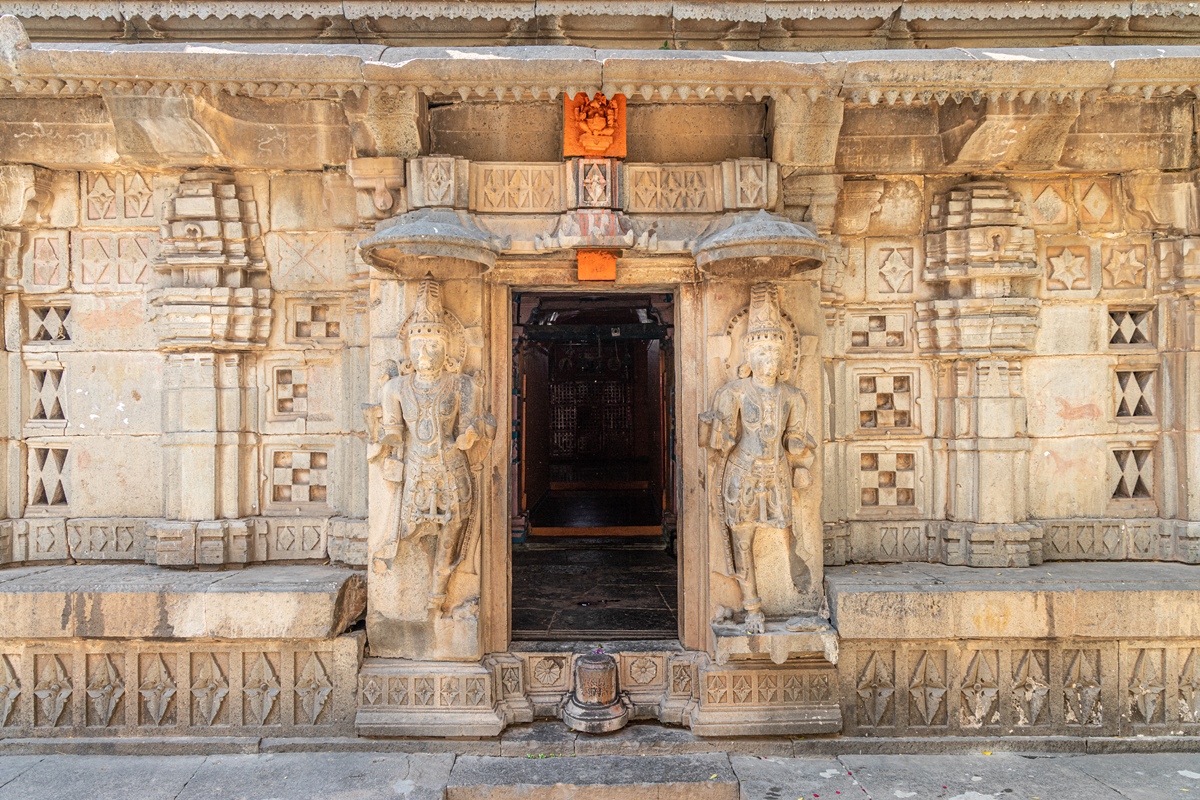
Dedicated to Lord Shiva, the Pandeshwar Temple stands as a majestic ode to the divine. Enveloped in an aura of mysticism, the temple’s towering spires and intricate sculptures mesmerize visitors with their timeless beauty. Lord Shiva, the destroyer and transformer in Hindu mythology, is worshipped here with fervent devotion. The temple premises reverberate with the chanting of sacred hymns and the ringing of bells, creating an atmosphere conducive to spiritual awakening.
Ashtapad Temple
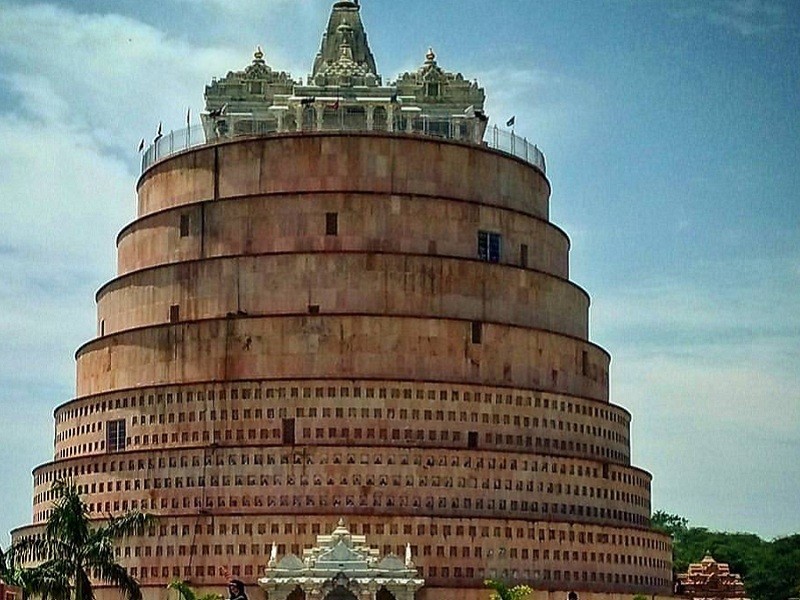
Perched atop the Ashtapad Hill, this temple offers breathtaking panoramic views of the surrounding landscape. Dedicated to the eight principal deities of Hinduism, the Ashtapad Temple is a symbol of divine harmony and unity. Each deity is revered for their unique attributes and virtues, symbolizing the diverse facets of existence. Pilgrims flock to this sacred site to seek blessings for prosperity, health, and fulfillment of desires.
Vyas Gaddi
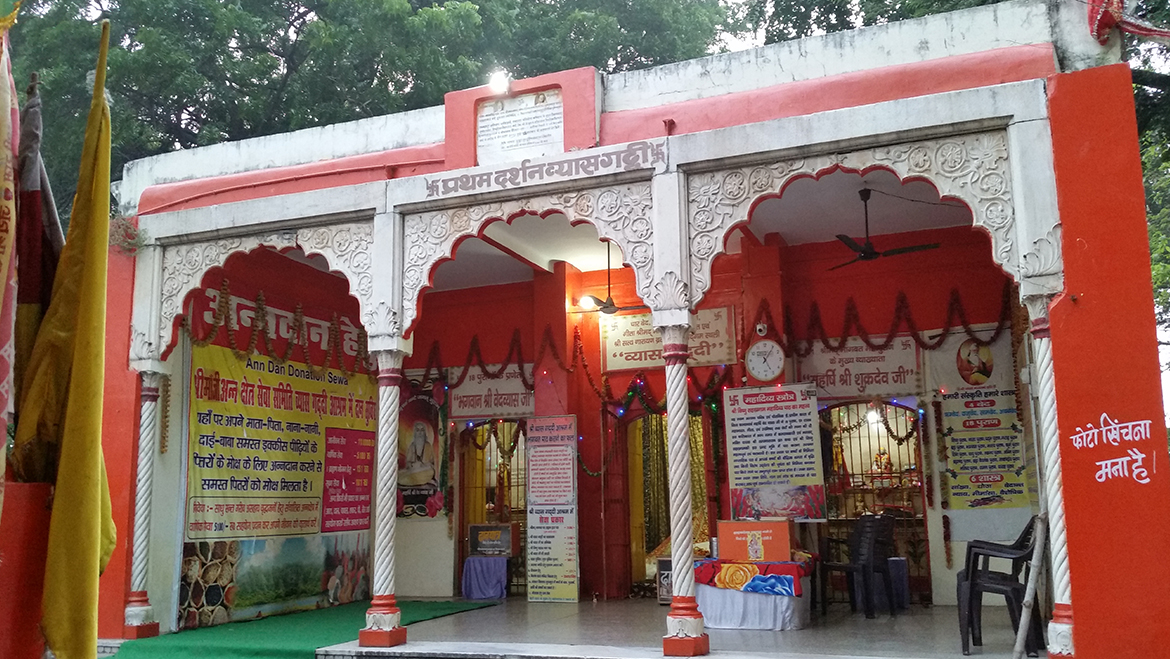
Steeped in the wisdom of the ages, Vyas Gaddi is believed to be the resting place of the revered sage Ved Vyasa. According to Hindu mythology, Ved Vyasa is credited with compiling the epic saga of Mahabharata, making him an iconic figure in Indian literature. The tranquil surroundings of Vyas Gaddi offer a serene retreat for contemplation and meditation. Visitors pay homage to the sage, seeking enlightenment and guidance on their spiritual journey.
Frequently Asked Questions :
- What is the significance of Hastinapur in Hindu mythology?
Hastinapur is revered as the capital city of the Kuru dynasty, as depicted in the epic Mahabharata. It is intricately woven into the tapestry of Hindu mythology, serving as the backdrop for legendary tales of valor, love, and betrayal. - How can one reach Hastinapur?
Hastinapur is well-connected by road and rail networks. It is situated in the Indian state of Uttar Pradesh, approximately 37 kilometers from Meerut. The nearest railway station is Meerut Junction, and buses ply regularly from major cities like Delhi and Haridwar. - Are there any festivals celebrated in Hastinapur?
Hastinapur comes alive during various festivals, with fervent celebrations and religious rituals. Some of the prominent festivals include Mahashivratri, Diwali, and Holi, attracting devotees from far and wide to partake in the festivities. - Are there accommodation options available for visitors in Hastinapur?
Yes, there are several accommodation options ranging from budget hotels to guesthouses catering to the needs of visitors. Additionally, pilgrim shelters and dharamshalas provide affordable lodging facilities for those on a spiritual sojourn. - What are the ideal months to visit Hastinapur?
The best time to visit Hastinapur is during the winter months, from October to March, when the weather is pleasant and conducive for exploration. However, pilgrims visit throughout the year to seek blessings and immerse themselves in the city’s spiritual aura.
